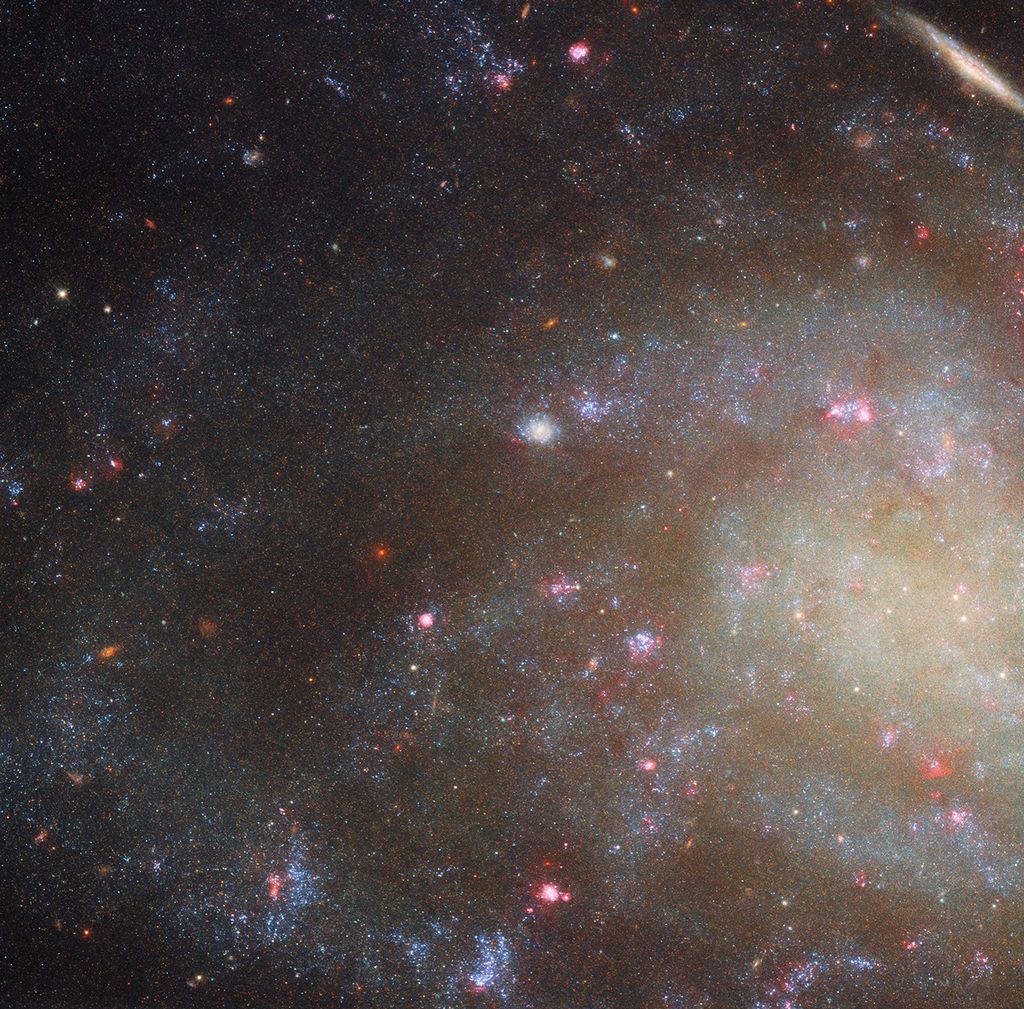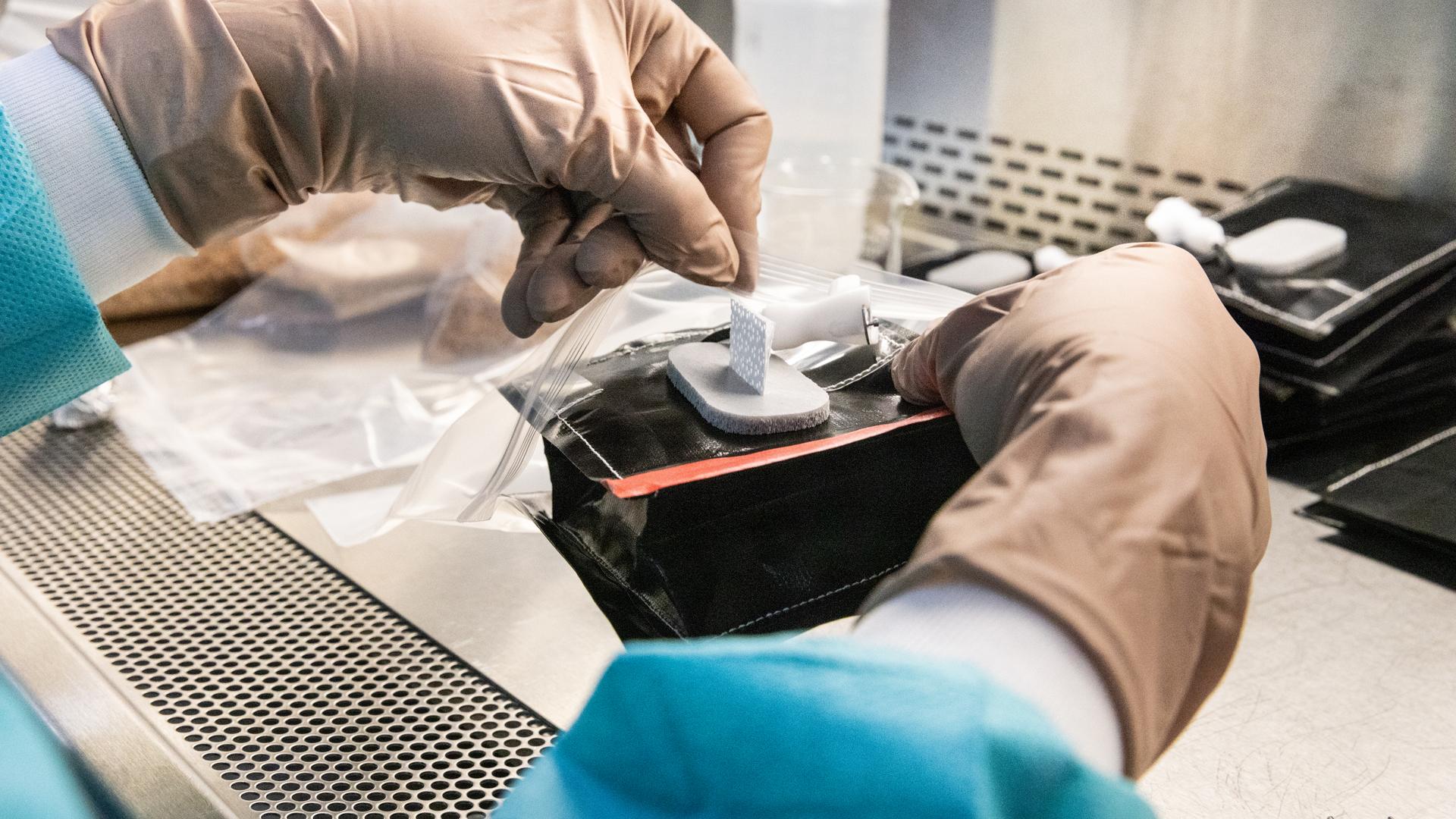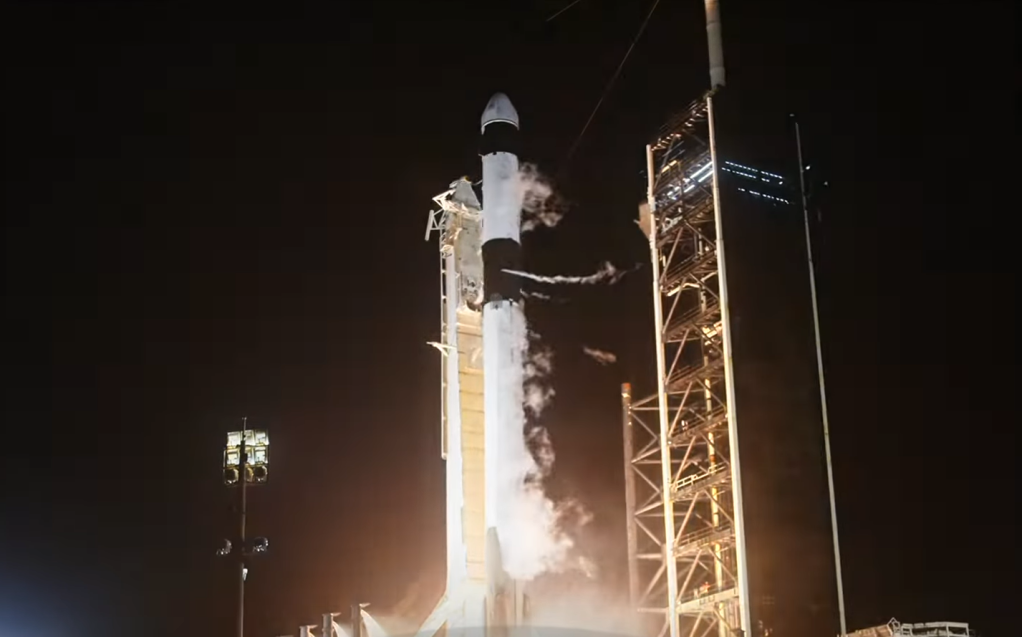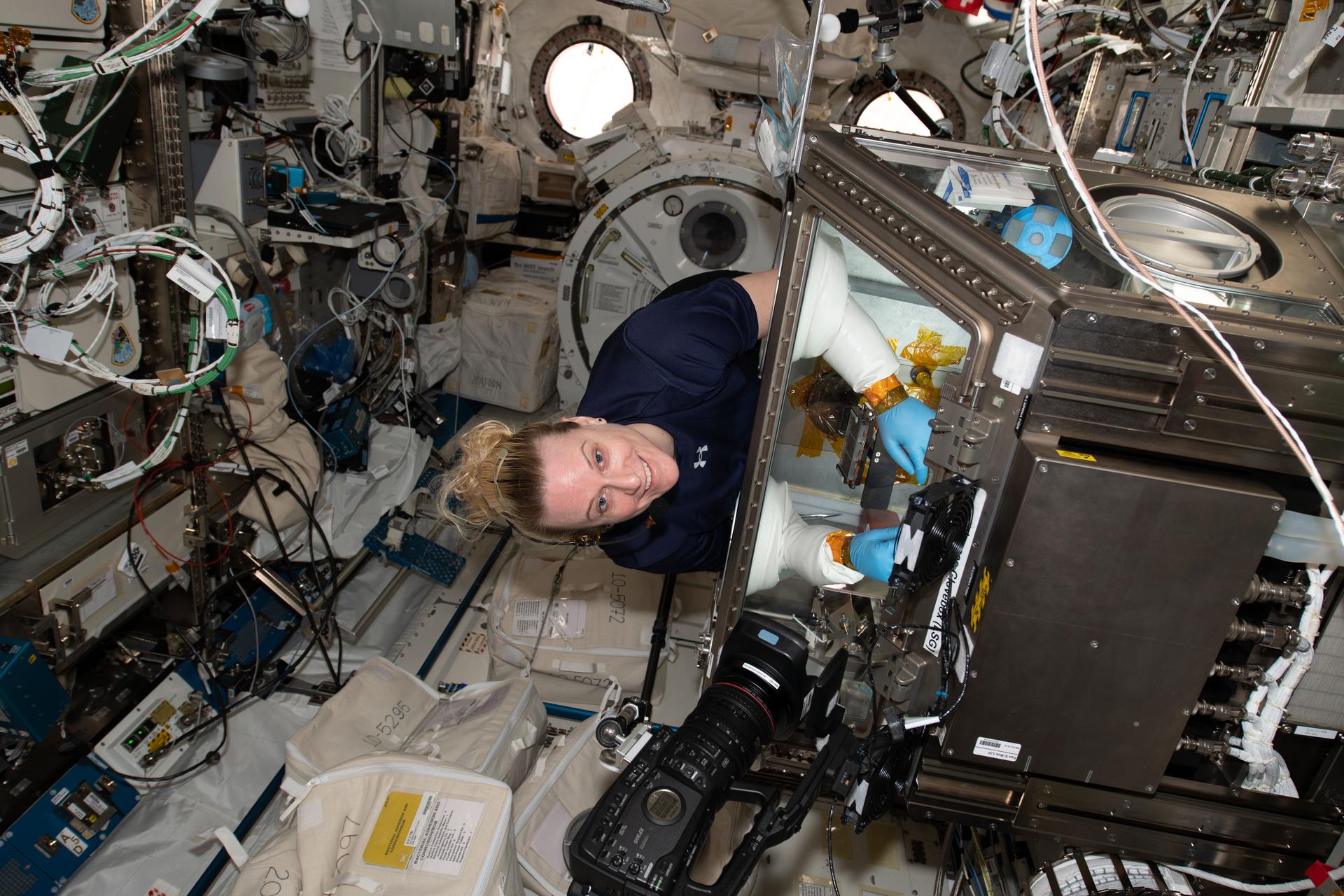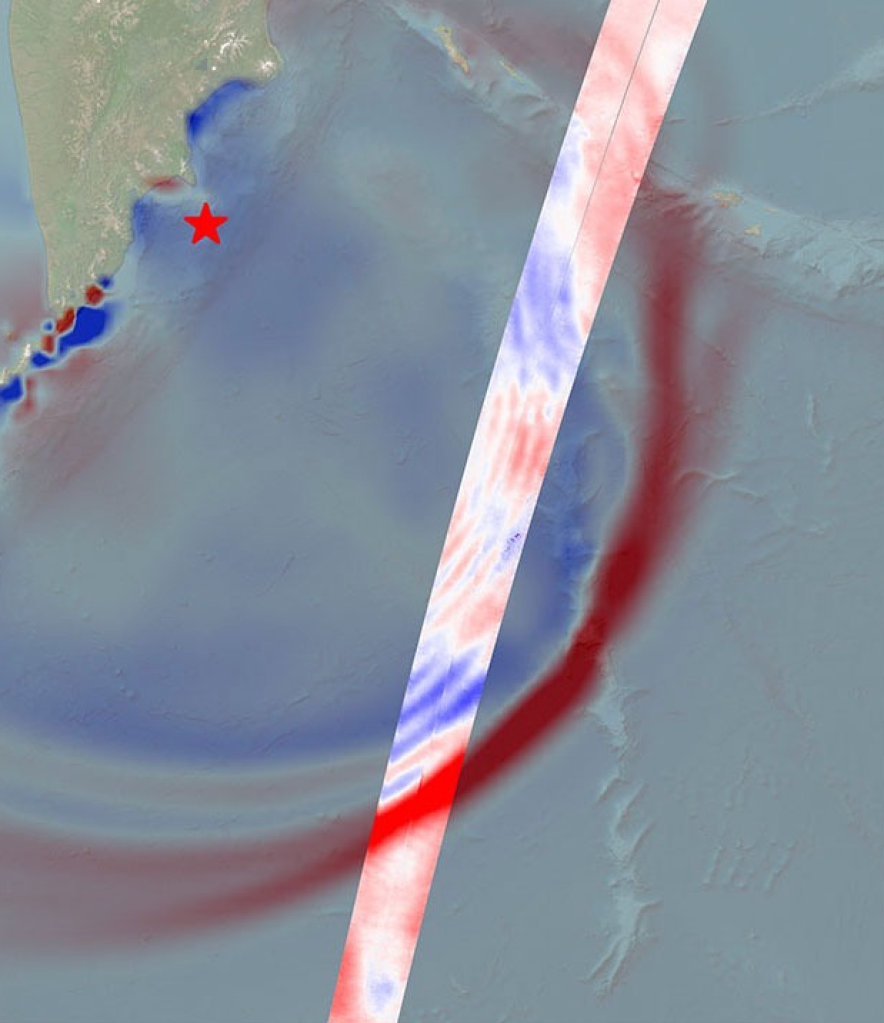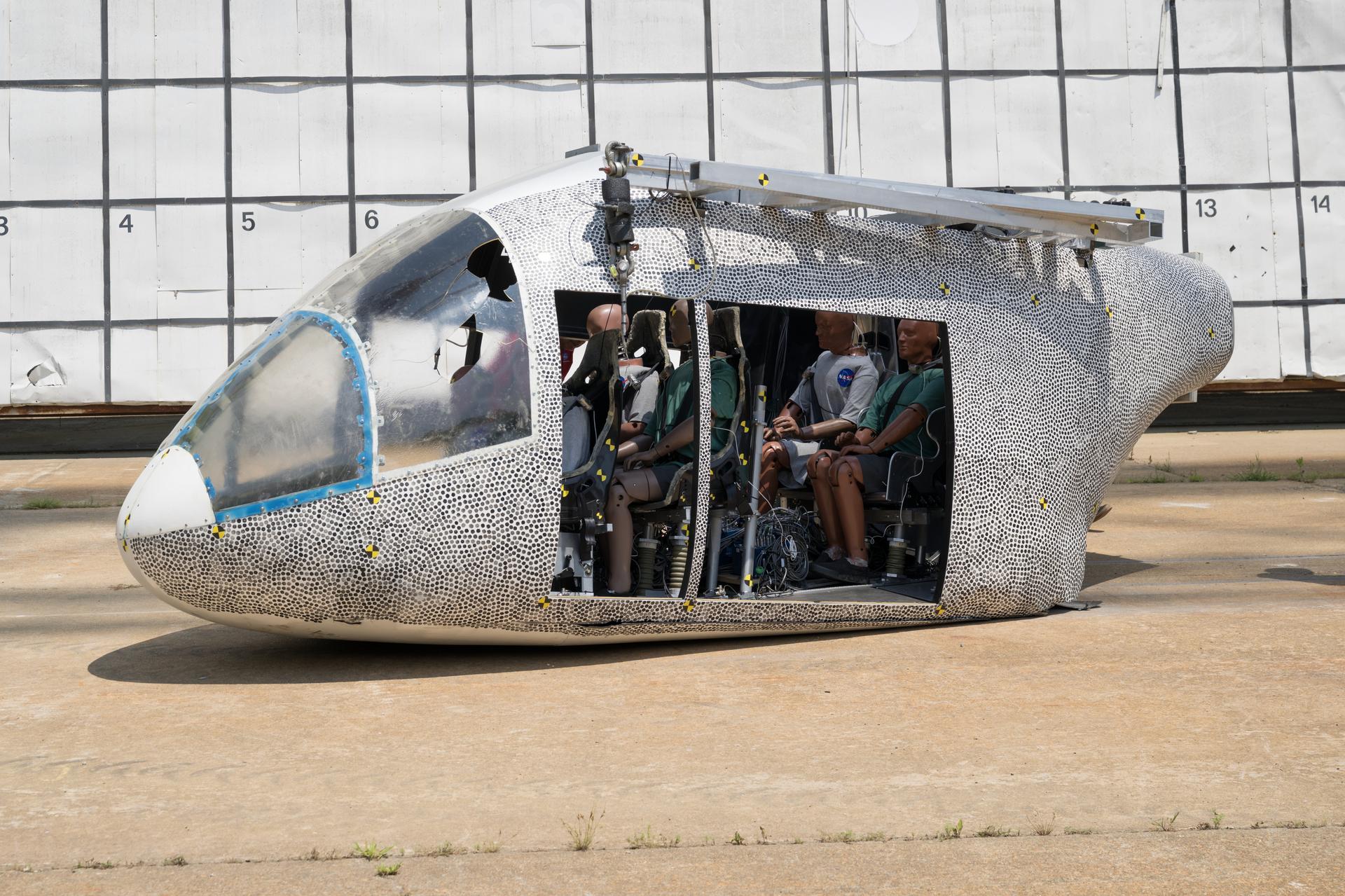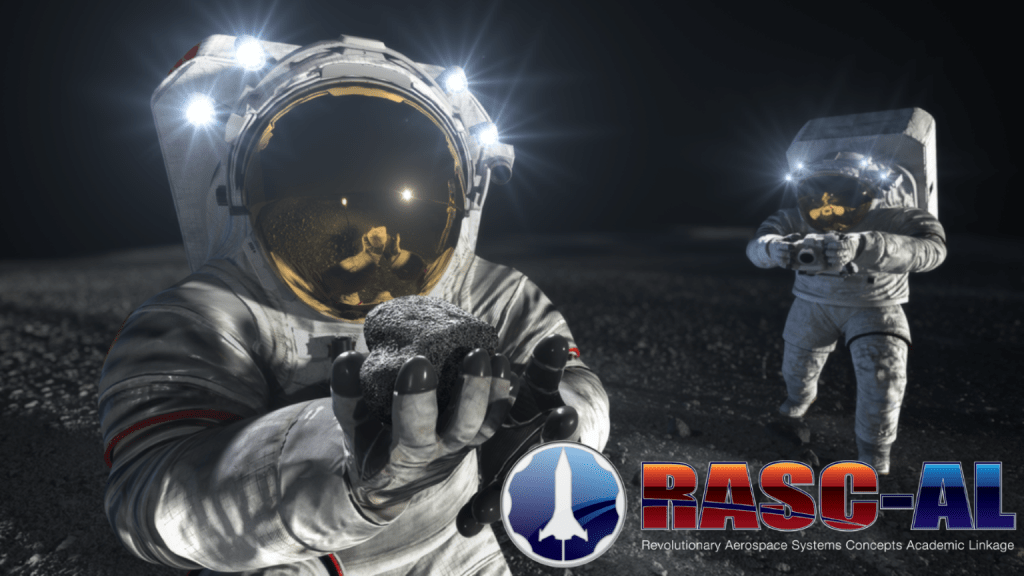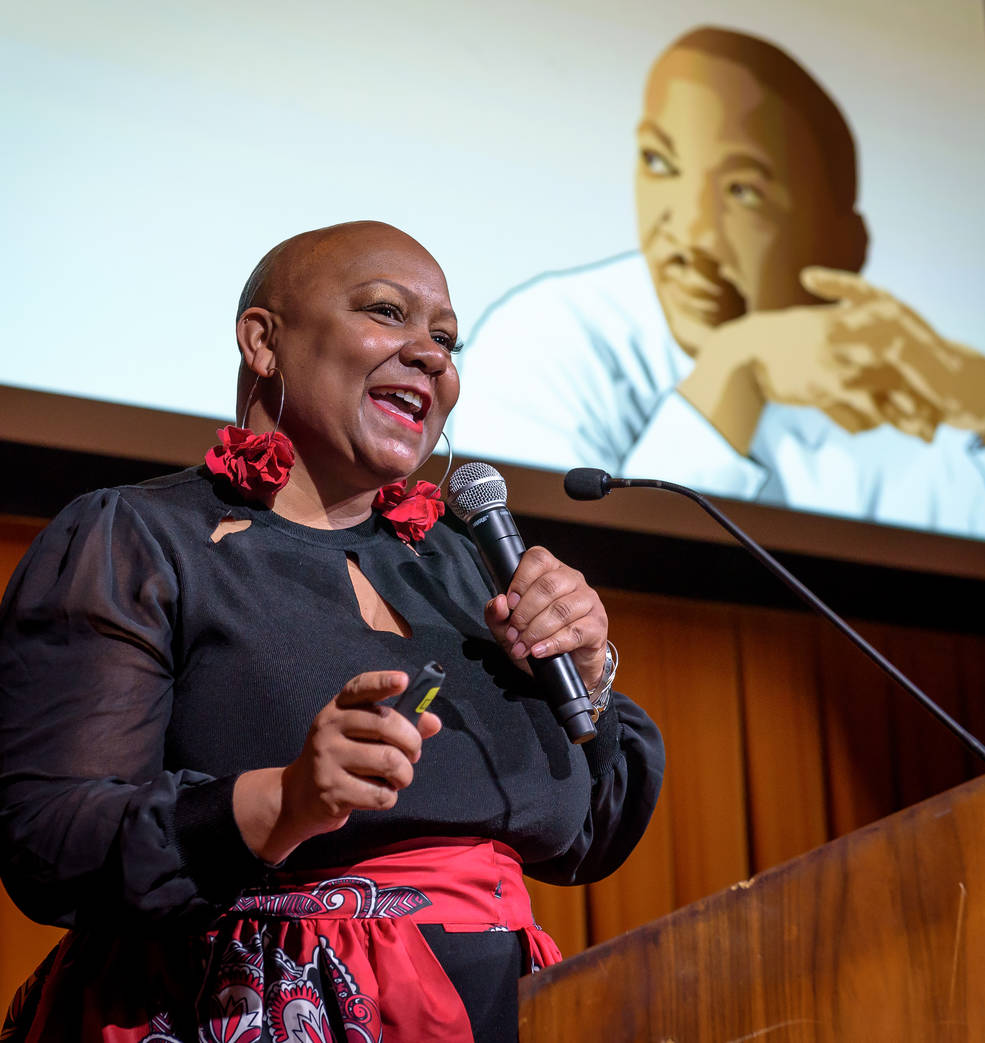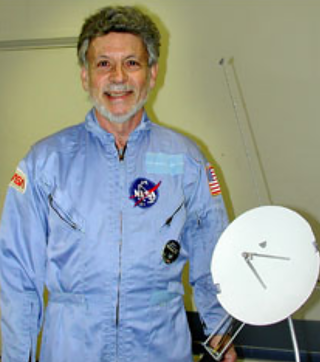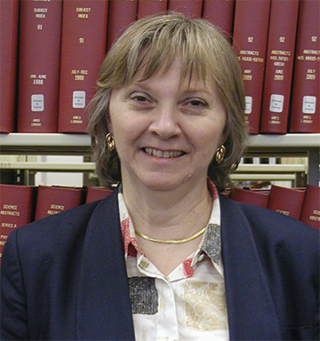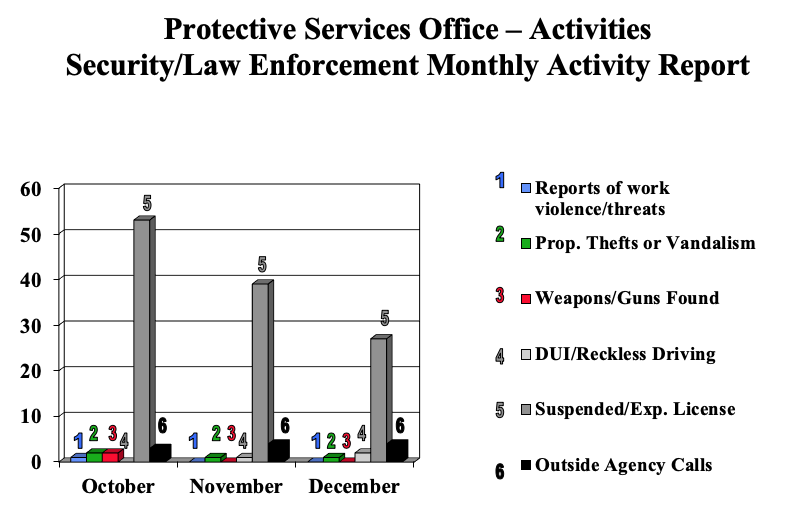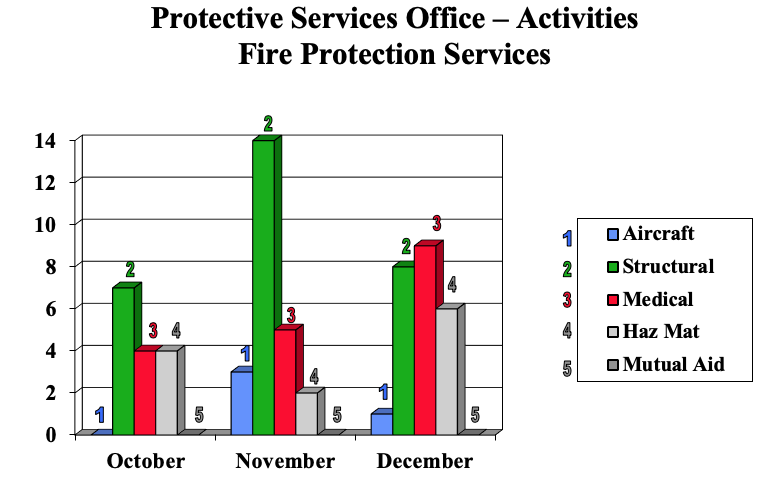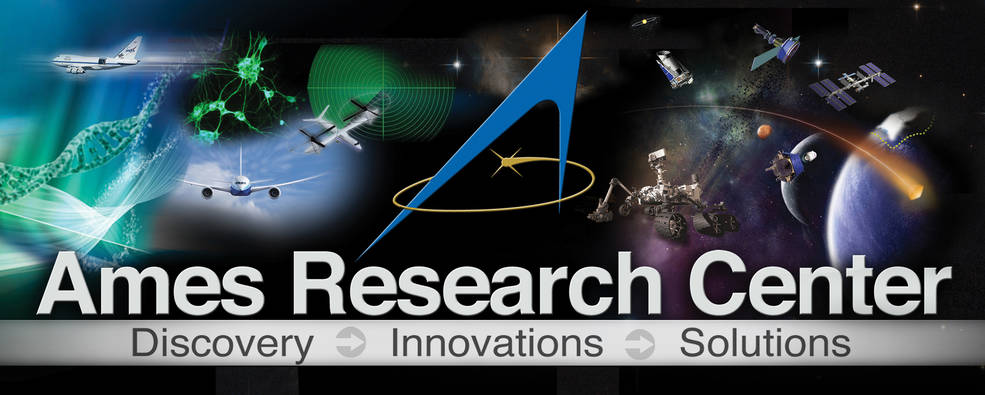SOFIA Reveals New View of Milky Way’s Center
by Kassandra Bell
NASA has captured an extremely crisp infrared image of the center of our Milky Way galaxy. Spanning a distance of more than 600 light-years, this panorama reveals details within the dense swirls of gas and dust in high resolution, opening the door to future research into how massive stars are forming and what’s feeding the supermassive black hole at our galaxy’s core.
Among the features coming into focus are the jutting curves of the Arches Cluster containing the densest concentration of stars in our galaxy, as well as the Quintuplet Cluster with stars a million times brighter than our Sun. Our galaxy’s black hole takes shape with a glimpse of the fiery-looking ring of gas surrounding it.
The new view was made possible by the world’s largest airborne telescope, the Stratospheric Observatory for Infrared Astronomy, or SOFIA. Flying high in the atmosphere, this modified Boeing 747 pointed its infrared camera called FORCAST – the Faint Object Infrared Camera for the SOFIA Telescope – to observe warm, galactic material emitting at wavelengths of light that other telescopes could not detect. The image combines SOFIA’s new perspective of warm regions with previous data exposing very hot and cold material from NASA’s Spitzer Space Telescope and the European Space Agency’s Herschel Space Observatory.
An overview paper highlighting initial results has been submitted for publication to the Astrophysical Journal. The image was presented for the first time at the American Astronomical Society annual meeting this week in 2020 in Honolulu.
“It’s incredible to see our galactic center in detail we’ve never seen before,” said James Radomski, a Universities Space Research Association scientist at the SOFIA Science Center at NASA’s Ames Research Center in California’s Silicon Valley. “Studying this area has been like trying to assemble a puzzle with missing pieces. The SOFIA data fills in some of the holes, putting us significantly closer to having a complete picture.”

For full story, see: SOFIAMilkyWay
Could Future Homes on the Moon and Mars Be Made of Fungi?
by Frank Tavares
Science fiction often imagines our future on Mars and other planets as run by machines, with metallic cities and flying cars rising above dunes of red sand. But the reality may be even stranger – and “greener.” Instead of habitats made of metal and glass, NASA is exploring technologies that could grow structures out of fungi to become our future homes in the stars, and perhaps lead to more sustainable ways of living on Earth as well.
The myco-architecture project out of NASA Ames is prototyping technologies that could “grow” habitats on the Moon, Mars and beyond out of life – specifically, fungi and the unseen underground threads that make up the main part of the fungus, known as mycelia.
“Right now, traditional habitat designs for Mars are like a turtle — carrying our homes with us on our backs – a reliable plan, but with huge energy costs,” said Lynn Rothschild, the principal investigator on the early-stage project. “Instead, we can harness mycelia to grow these habitats ourselves when we get there.”
Future astronauts might one day live in habitats that were fabricated with fungus. The revolutionary concept called Myco-architecture explores the impressive properties of fungal mycelium which is, in some ways, stronger than reinforced concrete and is capable of growing and repairing itself.Credits: NASAFor full story, see: FungiHomes
How the Swan Nebula Evolved
by Kassandra Bell
One of the brightest and most massive star-forming regions in our galaxy, the Omega or Swan Nebula, came to resemble the shape resembling a swan’s neck we see today only relatively recently. New observations reveal that its regions formed separately over multiple eras of star birth. The new image from the Stratospheric Observatory for Infrared Astronomy, or SOFIA, is helping scientists chronicle the history and evolution of this well-studied nebula.
“The present-day nebula holds the secrets that reveal its past; we just need to be able to uncover them,” said Wanggi Lim, a Universities Space Research Association scientist at the SOFIA Science Center at NASA Ames. “SOFIA lets us do this, so we can understand why the nebula looks the way it does today.”
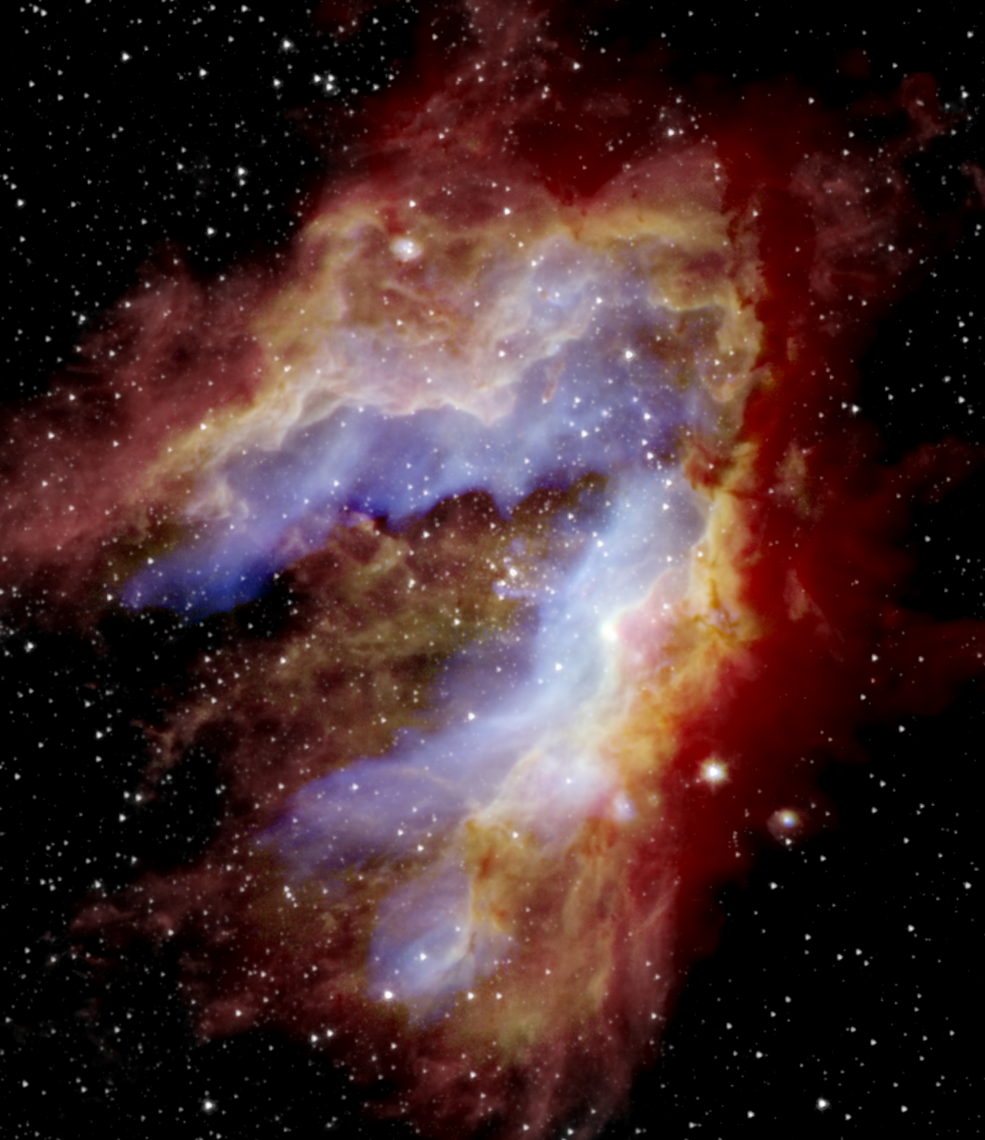
For full story, see: SOFIASwanNebula
It’s a Wrap! NAS Science and Engineering Shines at Supercomputing Show
by Michelle Moyer and Jill Dunbar
Whether or not you were among the thousands of visitors who caught our acts in the NASA booth’s Hyperwall Theater at SC19 this past November, take a look at the spectacular images, videos and science and engineering feats achieved by researchers from the NASA Advanced Supercomputing (NAS) Division. Here’s a recap of our talks that captivated audiences during the supercomputing community’s biggest event, the International Conference for High Performance Computing, Networking, Storage and Analysis.
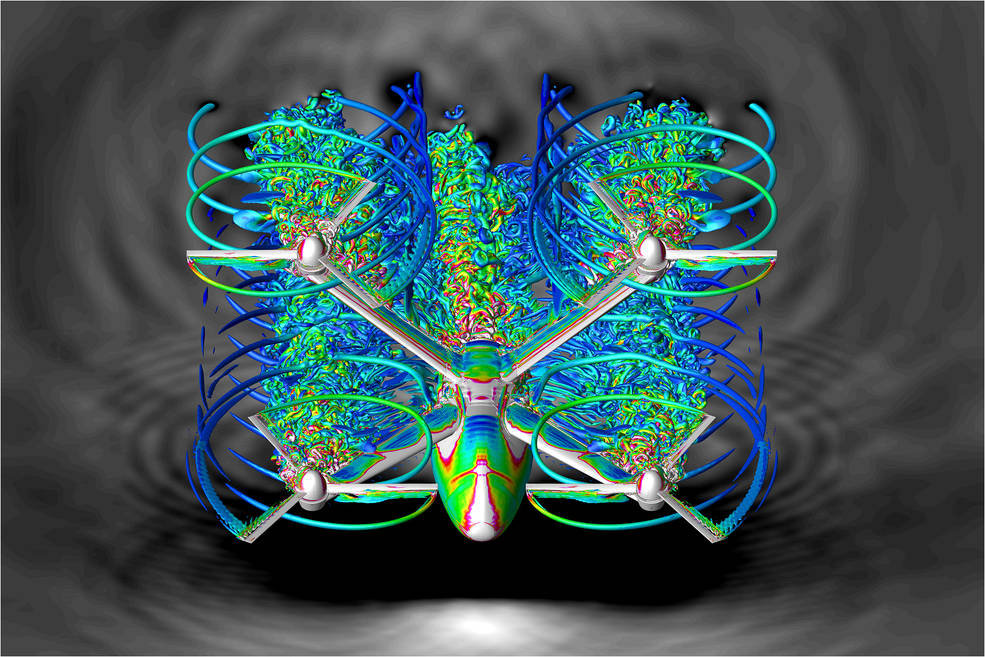
For full story and also to download wallpapers to your mobile phone to carry NAS visualizations with you everywhere, see: NASSupercomputing
Joeletta Patrick Presents, “Purposed to Thrive” Honoring Dr. Martin Luther King Jr.
“If you can’t fly, then run. If you can’t run, then walk. If you can’t walk, then crawl. But whatever you do, you have to keep moving forward.” — Dr. Martin Luther King Jr.
In honor of Dr. Martin Luther King Jr., the African American Advisory Group and the Office of Diversity and Equal Opportunity at Ames welcomed Dr. Joeletta Patrick, Acting California Office of STEM Engagement Director, as the keynote speaker on Jan. 21, 2020, to present the talk entitled, “Purposed to Thrive.”
Dr. King was a leader who brought a voice of reason, striving to create a peaceful environment that allows individuals of all races to achieve their dreams. Our nation has grown immensely from his contributions and the endeavors from countless others he inspired. Dr. King significantly advanced our society and deeply influenced the world through his words and actions. As the leader of the movement, he catalyzed an increase of civil rights, equality, justice and compassion for all individuals.
Patrick attended North Carolina A&T State University and received a B.S. in electrical engineering. Upon graduation, she began her career in the NASA community at Johnson Space Center as a flight controller for the International Space Station. She later served in the Office of STEM Engagement, formerly known as the Office of Education. She has served in various functions within and outside the agency including support to the White House Initiative on Historically Black Colleges and Universities, or HBCUs. She served as a Senior Fellow, where she worked on building the capacity of the nation’s HBCUs.
Her most recent assignment in alignment with the transformation of the Office of STEM Engagement was being selected for a one-year detail assignment as the Acting California Office of STEM Engagement Director. She was assigned to lead change at two California centers based at Ames Research Center and Armstrong Flight Research Center. Patrick is a sought-after speaker for various audiences presenting in national seminars and symposiums. She’s delivered informational and motivational speeches to various audiences with the hopes to bridge the gap between access and opportunity for underrepresented and underserved communities.
Aliya Hall, a Bay Area gospel artist, sang a beautiful rendition of “Rise Up” following Patrick’s presentation.
The New Blue, Yale’s A Cappella Singing Group, Performs at Ames
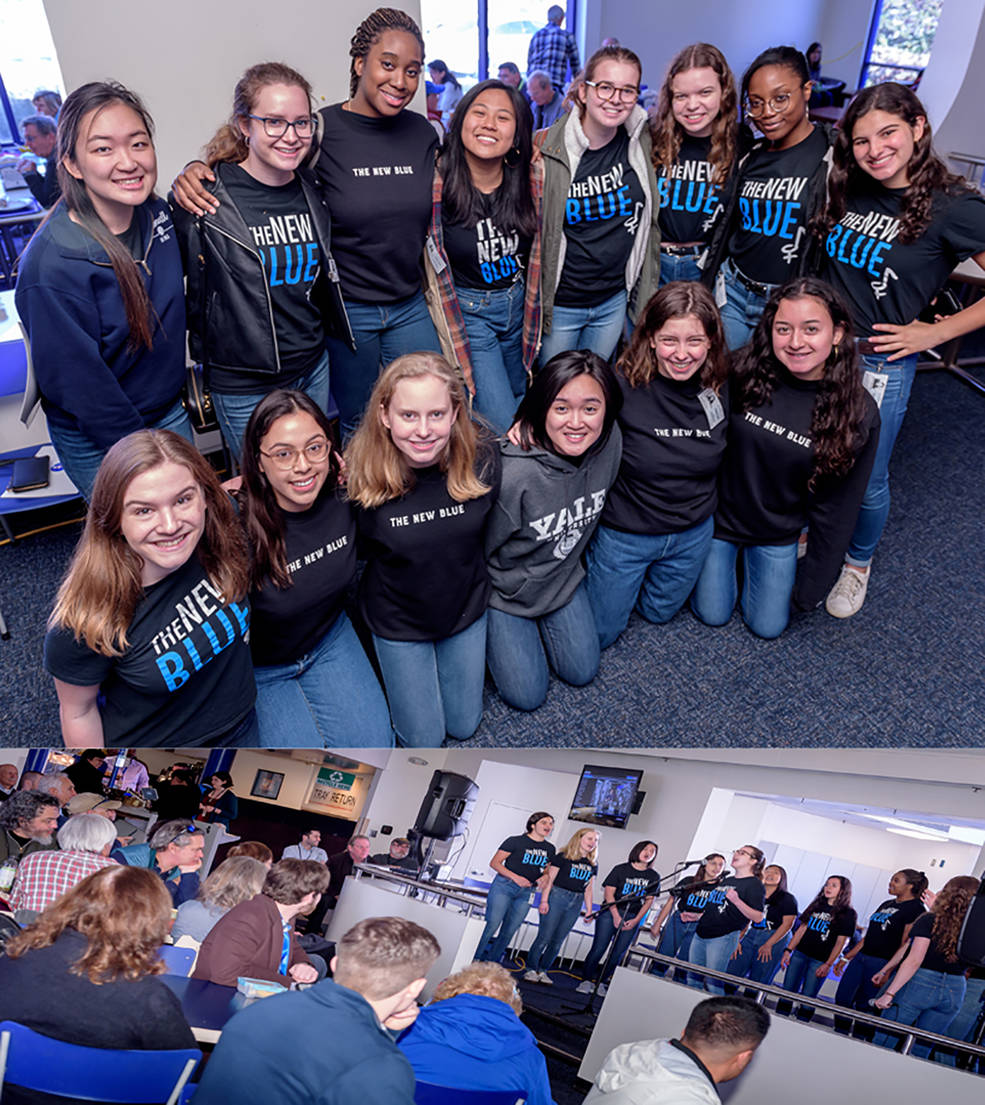
Fitness Center Hosts Open House
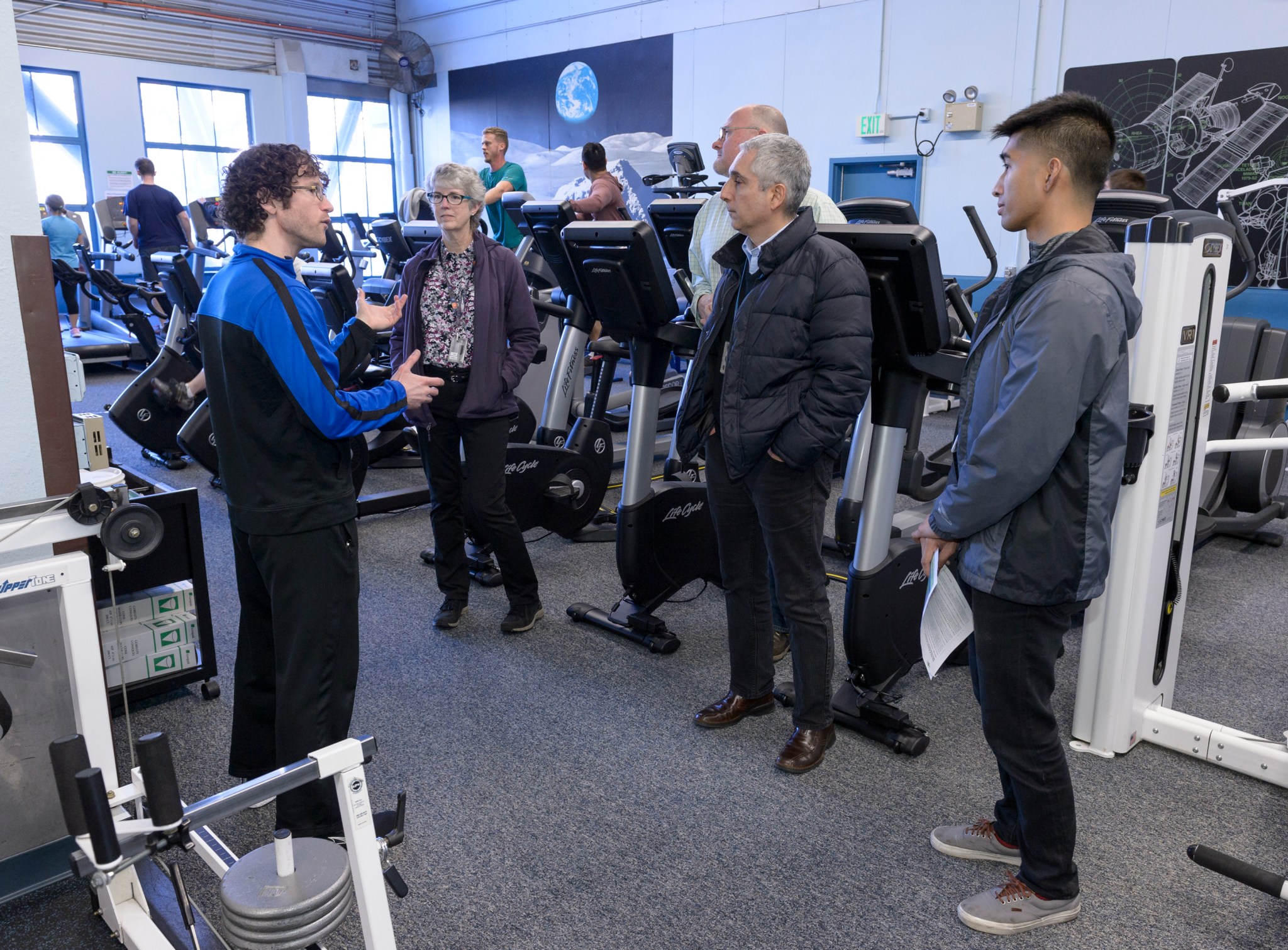
In Memoriam . . .
Larry Lasher, Project Manager for Pioneers 10, 11 and 12, Passes
Lawrence (Larry) Lasher passed away on Dec. 27, 2019. He was 82. Services were held Jan. 5, 2020 at Oak Hills Funeral Home in San Jose. Larry had visited Ames with his family in October 2019 for a tour of a few of its facilities and also met with Deputy Center Director Carol Carroll.
During his 30-year career at NASA Ames, Larry was instrumental in many space projects including the Galileo space probe, and the Pioneer 10, 11 and 12 Missions. As Pioneer project manager, he publicized the success of Pioneer 10 by directing the Silver Anniversary celebration at the National Air and Space Museum to a world-wide audience.
Born in Staten Island, New York City, New York, and raised in the East Coast before moving to California in his 20s, Lasher earned a bachelors degree in mechanical engineering and a masters degree in aerospace engineering from Cornell University. He later earned a masters degree in physics and a Ph. D in aerodynamics and astrophysics from Stanford University.
Larry was a champion tennis player in his youth starring at his high school in Elizabeth, New Jersey, and playing in his freshman year at Cornell. He excelled in contract bridge as a master player. Larry entertained often as a talented piano player. He will be dearly missed and always remembered.
Lasher is survived by his wife of 12 years, Judy Jones Lasher; children, Lara Lasher Robinson of Honolulu, Hawaii, and Stephanie Lasher Jones of San Jose; stepchildren, Shay (Gretchen) Jones Lababidi of Pacific Grove, Heidi Jones Blanchard of Chico, and Eric Jones of San Francisco; grandchildren, Braden and Ashley Robinson, Sydney and Summer Jones, Maya, Jaida, Nisma and Mohammad Lababidi, Lily and Miles Blanchard; and siblings, Claire Friedman of Boyton Beach, Florida, and Wayne Lasher of Columbia, Maryland.
Marie Schneider, Former Technical Services Librarian at Ames, Dies
Marie Schneider, a long-time technical services librarian at Ames, passed away on Jan. 1, 2020 after a long battle with cancer. Marie was born and raised in Pennsylvania, earned her master of library science degree at North Texas State University and worked in academic, legal and research libraries. She was known for her wide travels, having visited all seven continents.
Marie is survived by her husband Fritz and her daughter, Jennifer. There will be a memorial service at 2 p.m. on Saturday, Feb. 1, 2020, at Christ Episcopal Church in Los Altos.

